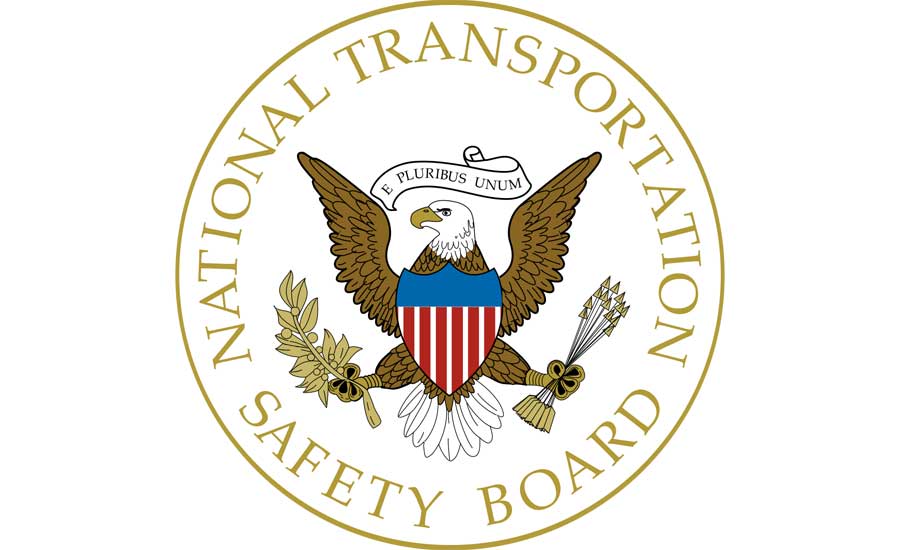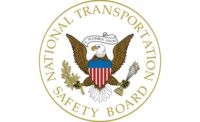NTSB investigation of bridge collapse continues

When the pedestrian bridge collapsed last week in Florida, workers were adjusting tension on the two tensioning rods located in the diagonal member at the north end of the span. That’s one of the findings of the National Transportation Safety Board (NTSB) team that is investigating the incident, which crushed cars and killed at least six people - one of them a bridge worker.
Workers had performed this same work earlier at the south end, moved to the north side, and had adjusted one rod. They were working on the second rod when the span failed and collapsed. The roadway was not closed while this work was being performed.
Investigators are focusing on measuring and documenting the critical structures at the north end of the bridge. (Above: NTSB investigators and contractors remove and catalogue core samples from the pedestrian bridge deck. NTSB Photos)
Significant developments in the investigation include:
- Investigators secured a contract Tuesday to have a company remove components from the bridge that we believe warrant additional examination and testing. These components include sections of the floor, the canopy, a vertical member and a diagonal member; all from the north end of the structure. These components were in the area of where the failure occurred. In addition to these components, we obtained additional core samples from this area to supplement the core samples we obtained earlier.
- Shipping the core samples along with some recovered rebar and tensioning rods to the Turner Fairbank Highway Research Center, in McLean, Virginia, for testing and evaluation.
- The investigative team has obtained an exemplar tensioning rod and hydraulic unit used by the construction crew to make tension adjustments to the tensioning rods. These items are also being shipped to the Turner Fairbank Highway Research Center for evaluation and testing.
- The larger bridge components the investigative team is removing, are being stored at a secured Florida Department of Transportation facility, under the control of the NTSB. The additional examinations and forensic deconstruction of these components will occur there.
- The investigative team has confirmed that workers were adjusting tension on the two tensioning rods located in the diagonal member at the north end of the span when the bridge collapsed. They had done this same work earlier at the south end, moved to the north side, and had adjusted one rod. They were working on the second rod when the span failed and collapsed. The roadway was not closed while this work was being performed.
Ongoing work includes:
- Removal of the post-tensioning device to a temporary storage area and preparing it for shipment.
- Preliminary comparison of bridge schematics to measurements obtained during the investigators’ examination of the collapsed structure.
- Interviews with first responders
While segments of the bridge are being transported to and stored at an FDOT facility, there are no plans to reconstruct the bridge as part of the NTSB investigation into why the bridge collapsed. The nature of the structure and the way it failed make reconstruction impractical.
Looking for a reprint of this article?
From high-res PDFs to custom plaques, order your copy today!





